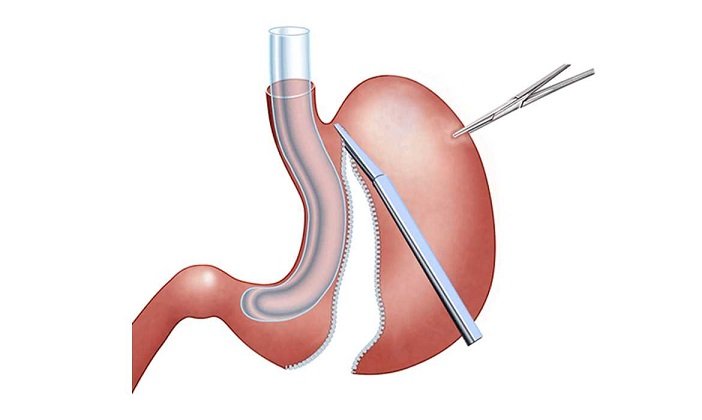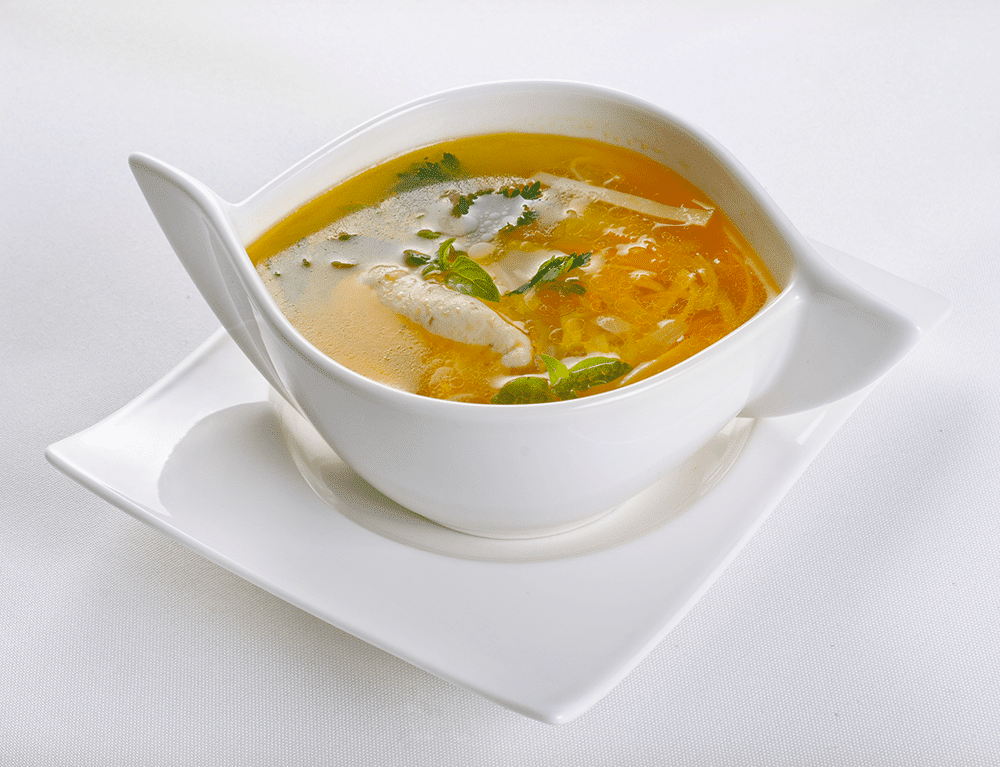Laparoscopic sleeve gastrectomy, commonly known as “sleeve surgery,” has become one of the most popular weight loss surgeries worldwide. This procedure has transformed the lives of many individuals struggling with obesity, offering significant weight loss and improvement in obesity-related health conditions. In this blog, we’ll explore everything you need to know about laparoscopic sleeve gastrectomy, from the surgical procedure to the benefits, risks, recovery process, and personal experiences.
Table of Content
Obesity is a global epidemic, affecting millions of people and leading to serious health issues such as type 2 diabetes, heart disease, and hypertension. For individuals who have tried traditional weight loss methods without success, bariatric surgery offers a viable solution. Laparoscopic sleeve gastrectomy is one such surgical option that has gained prominence due to its effectiveness and minimally invasive nature.
What is Laparoscopic Sleeve Gastrectomy?
Laparoscopic sleeve gastrectomy is a surgical weight loss procedure that involves the removal of approximately 75-80% of the stomach. The remaining portion of the stomach is shaped like a sleeve, hence the name. This smaller stomach restricts the amount of food that can be consumed, leading to weight loss.

The Laparoscopic Approach
The laparoscopic approach refers to the use of small incisions and a camera to perform the surgery. Unlike traditional open surgery, which requires a large incision, laparoscopic surgery involves several small incisions through which surgical instruments and a camera are inserted. The camera provides a magnified view of the surgical area, allowing the surgeon to operate with precision. This minimally invasive technique results in less pain, reduced scarring, and quicker recovery compared to open surgery.
Who is a Candidate for Laparoscopic Sleeve Gastrectomy?
Laparoscopic sleeve gastrectomy is typically recommended for individuals with a Body Mass Index (BMI) of 40 or higher, or those with a BMI of 35-39.9 who have obesity-related health conditions such as type 2 diabetes, hypertension, or sleep apnea. It is also considered for individuals who have not been able to achieve or maintain significant weight loss through diet, exercise, and other non-surgical methods.
Pre-Surgery Evaluations
Before undergoing laparoscopic sleeve gastrectomy, candidates must undergo a series of evaluations to determine their suitability for the surgery. These evaluations often include:
- Medical Assessment: A thorough medical examination to evaluate overall health and identify any potential risks or complications.
- Nutritional Assessment: A consultation with a nutritionist to assess dietary habits and provide guidance on pre- and post-surgery nutrition.
- Psychological Evaluation: An assessment to ensure that the candidate is mentally prepared for the lifestyle changes required after surgery.
- Laboratory Tests: Blood tests and other diagnostic tests to check for underlying conditions that could affect the surgery or recovery.
The Benefits of Laparoscopic Sleeve Gastrectomy
Laparoscopic sleeve gastrectomy offers numerous benefits that extend beyond weight loss. Here are some of the key advantages:

Significant Weight Loss
One of the primary benefits of laparoscopic sleeve gastrectomy is significant and sustained weight loss. Most patients can expect to lose approximately 60-70% of their excess weight within the first two years following the surgery. This weight loss is often more substantial and long-lasting compared to non-surgical weight loss methods.
Improvement in Obesity-Related Conditions
Laparoscopic sleeve gastrectomy has been shown to improve or even resolve many obesity-related health conditions, including:
- Type 2 Diabetes: Many patients experience improved blood sugar control, and some may achieve remission of diabetes.
- Hypertension: Significant weight loss can lead to reduced blood pressure and a decreased need for medication.
- Sleep Apnea: Weight loss often alleviates symptoms of obstructive sleep apnea, improving sleep quality and overall health.
- Cardiovascular Health: Reduced weight lowers the risk of heart disease and stroke.
Enhanced Quality of Life
Beyond the physical health benefits, laparoscopic sleeve gastrectomy can significantly enhance the quality of life. Patients often report improvements in physical mobility, energy levels, and mental health. Increased self-esteem and confidence are also common, as individuals feel more comfortable and satisfied with their appearance.
Understanding the Risks
As with any surgical procedure, laparoscopic sleeve gastrectomy carries certain risks and potential complications. It is important for candidates to be aware of these risks and discuss them with their healthcare provider.
Potential Complications
Some of the potential complications associated with laparoscopic sleeve gastrectomy include:
- Bleeding: There is a risk of bleeding during or after the surgery, which may require additional intervention.
- Infection: Although rare, infections can occur at the incision sites or within the abdominal cavity.
- Leaks: A leak from the stapled edge of the stomach is a serious complication that may require further surgery to repair.
- Blood Clots: The risk of developing blood clots, such as deep vein thrombosis (DVT) or pulmonary embolism, is present in any surgery.
- Nutrient Deficiencies: Due to the reduced stomach size, patients may have difficulty absorbing certain nutrients, leading to deficiencies. Regular follow-up and supplementation are essential.
Long-term Considerations
Long-term success after laparoscopic sleeve gastrectomy depends on the patient’s commitment to lifestyle changes, including diet and exercise. It is crucial to adopt healthy eating habits and engage in regular physical activity to maintain weight loss and prevent complications. Lifelong follow-up with healthcare providers is necessary to monitor health and nutritional status.
The Recovery Process
Recovery from laparoscopic sleeve gastrectomy involves several stages, each with specific guidelines and recommendations to ensure optimal healing and weight loss.
Immediate Post-Surgery Care
After the surgery, patients typically stay in the hospital for one to two days for monitoring. During this time, healthcare providers will manage pain, monitor vital signs, and check for any signs of complications. Patients will gradually transition from intravenous fluids to clear liquids.
Dietary Guidelines

The post-surgery diet is divided into several phases:
- Liquid Diet: In the first week or two after surgery, patients consume only clear liquids, such as water, broth, and sugar-free gelatin.
- Pureed Foods: Gradually, patients can introduce pureed foods, such as blended soups, yogurt, and protein shakes.
- Soft Foods: After a few weeks, soft foods like scrambled eggs, cooked vegetables, and soft fruits can be added to the diet.
- Solid Foods: Around two months post-surgery, patients can start eating solid foods. It is important to chew thoroughly and eat small, frequent meals.
Exercise and Lifestyle Changes
Physical activity is a crucial component of the recovery process and long-term success. Patients are encouraged to start with light activities, such as walking, and gradually increase the intensity and duration of exercise. Regular exercise helps maintain weight loss, improves cardiovascular health, and enhances overall well-being.
Frequently Asked Questions
What is the cost of laparoscopic sleeve gastrectomy?
The cost of laparoscopic sleeve gastrectomy varies depending on the healthcare provider, location, and insurance coverage. It is important to check with your insurance company to determine what costs are covered. Many providers also offer financing options for those without insurance coverage.
How long is the recovery time?
Most patients can return to normal activities within 2-4 weeks after surgery. However, full recovery and adjustment to the new lifestyle may take several months. It is important to follow the guidelines provided by your healthcare team for a smooth recovery.
Will I need to take vitamins and supplements after surgery?
Yes, due to the reduced stomach size and potential for nutrient deficiencies, patients are often required to take vitamin and mineral supplements for life. Common supplements include multivitamins, calcium, vitamin D, and vitamin B12.
Can the stomach stretch back to its original size?
While the stomach can stretch slightly over time, it is unlikely to return to its original size if patients adhere to recommended portion sizes and healthy eating habits. Overeating and poor dietary choices can lead to weight regain, so it is crucial to maintain a disciplined approach to eating.
Is laparoscopic sleeve gastrectomy reversible?
No, laparoscopic sleeve gastrectomy is not reversible. Unlike some other bariatric procedures, the portion of the stomach that is removed cannot be restored. Therefore, it is essential for patients to be fully committed to the lifelong changes required after surgery.
Conclusion
Laparoscopic sleeve gastrectomy is a powerful tool in the fight against obesity, offering significant weight loss and improvement in related health conditions. However, it is not a quick fix or a standalone solution. Success requires a commitment to lifelong changes in diet, exercise, and overall lifestyle. By understanding the procedure, its benefits, risks, and the recovery process, individuals can make informed decisions and embark on a journey toward better health


